Neues Gemeinschaftliches Gesangbuch by Wilhelm Radde (Rare North American Edition), 1849 📜⛪️🇩🇪
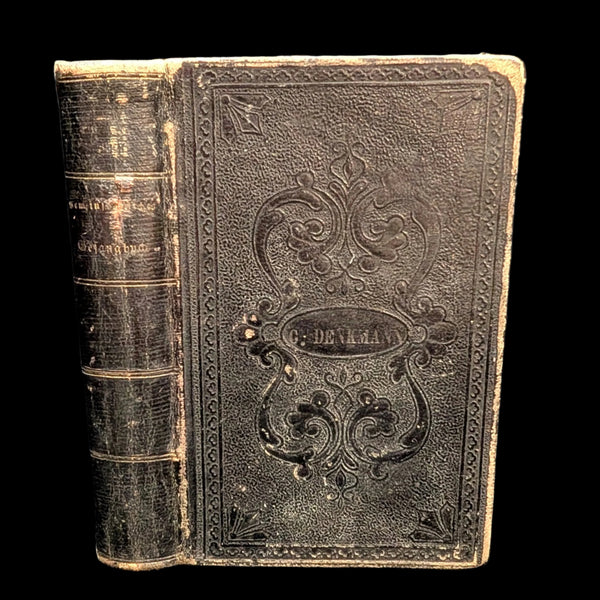
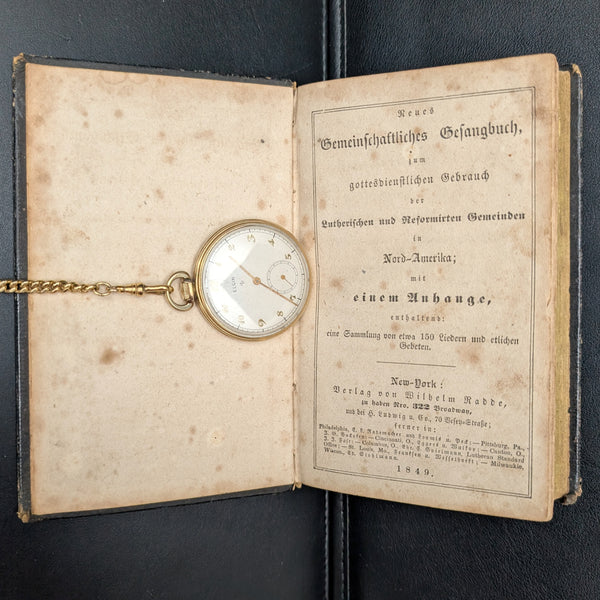
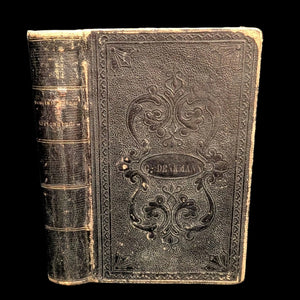
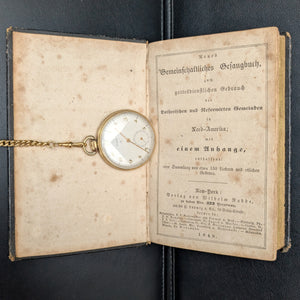
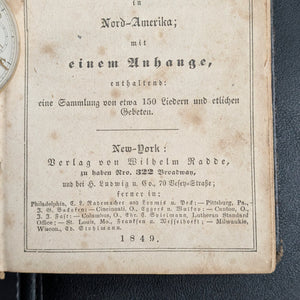
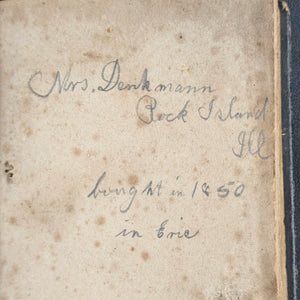
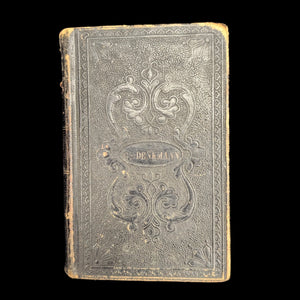
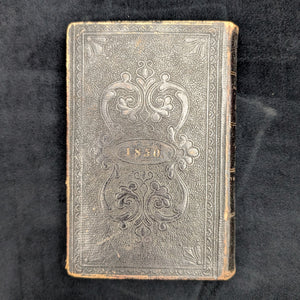
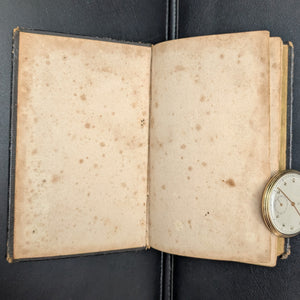
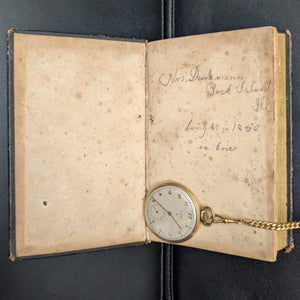
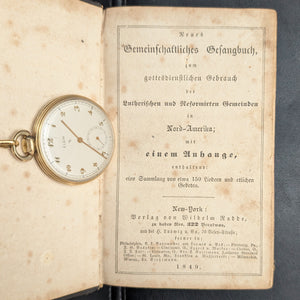
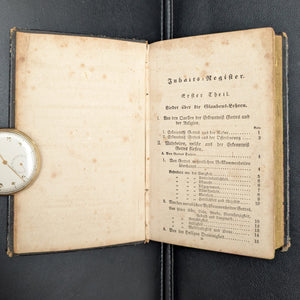
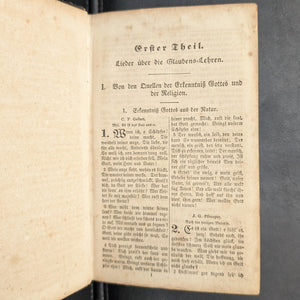
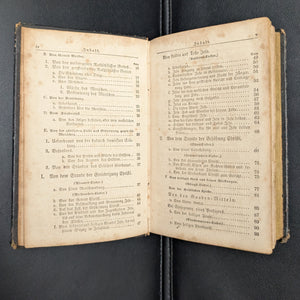
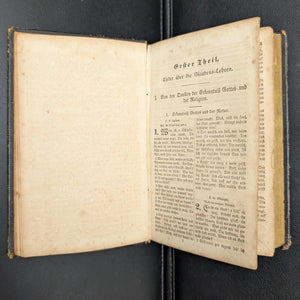
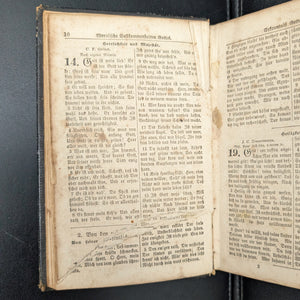
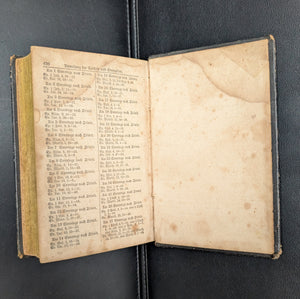
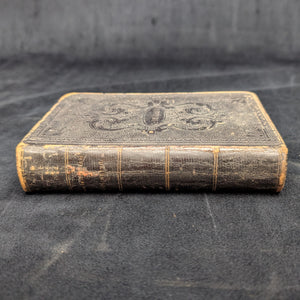



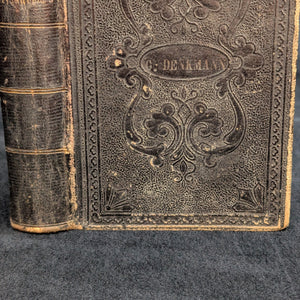
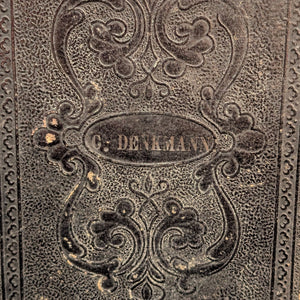
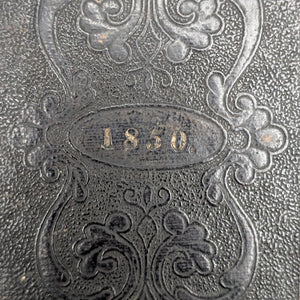
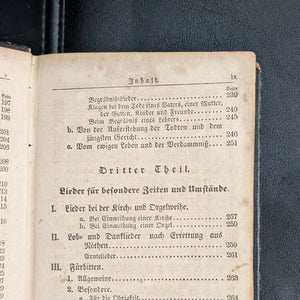
1. Introduction 📜🔍
This is an exceedingly rare and a cornerstone work of American religious history. The book, Neues Gemeinschaftliches Gesangbuch, is a German-language hymnal published for German-speaking communities in the United States. As a rare North American edition from 1849, this volume is a highly sought-after artifact for collectors of American religious texts and German-American history. It offers a unique window into the cultural and spiritual life of a prominent immigrant group in the mid-19th century.
This edition is a tangible connection to the spiritual lives of early German-American settlers who sought to preserve their language and religious traditions in a new country. Its documented history and careful preservation make this a premier acquisition for any serious library. The book is not merely a collection of songs; it is a monument to the resilience and faith of a community. This volume is an extraordinary find, representing a critical period of German immigration and cultural identity in the United States.
2. About the Artwork/Book/Object 📖✍️✨
Neues Gemeinschaftliches Gesangbuch (New Joint Hymnal) is a comprehensive collection of hymns, psalms, and sacred songs, all presented in the original German. The book was a vital resource for German Protestant congregations across the United States. Its contents were carefully curated to reflect the liturgical needs and spiritual preferences of these communities, providing a familiar and comforting link to their homeland. The book also includes a selection of prayers and liturgical texts, serving as a complete guide for worship services.
The book’s physical form is a classic example of 19th-century American printing for a specialized immigrant audience. The quality of the paper and the careful typesetting reflect the importance of the work. This volume is a significant cultural artifact that illustrates the desire of German-Americans to maintain their cultural heritage in their new home. Its purpose was entirely utilitarian, serving as a tool for worship.
3. About the Artist/Author/Maker ✍️🏛️
Wilhelm Radde was a German-American publisher and bookseller based in New York City. He was a significant figure in the German-American community, operating one of the leading German-language bookstores and publishing houses in the United States. Radde specialized in publishing religious, medical, and scientific works for the German-speaking population. His efforts were crucial in meeting the intellectual and spiritual needs of German immigrants who were settling in the United States in large numbers during the mid-19th century.
Radde was more than a bookseller; he was a cultural broker who played a vital role in the preservation of German identity in America. He understood the demand for high-quality, authentic German-language materials and dedicated his career to providing them. This book is a product of his efforts to serve a growing population that was geographically dispersed but spiritually connected. His work enabled German-speaking communities to retain their traditions and maintain a link to their homeland.
4. Historical/Political Era Context 🌍🕰️📜
Published in 1849, this book is an artifact of a period of immense German immigration to the United States. The year 1848 saw failed revolutions across Europe, which prompted a wave of emigration to North America, particularly from the German states. This book was a product of a dynamic era when millions of German-speaking people were settling in the American Midwest and Northeast, creating new communities and institutions. The book is a tangible link to this mass migration and settlement.
The book is a "time capsule" of German-American life and its deep connection to faith. It captures the spirit of an era when immigrant communities were actively building their own cultural infrastructure, including churches, schools, and publishing houses. The volume reflects the importance of religious texts in providing a sense of community and stability in a new land. It serves as a reminder that language and religion were central to the identity of these pioneering communities.
5. The Ideal Collector 💡🧐🏛️
This book is intended for a curator of American religious history, a scholar of German-American studies, or a private collector of immigrant artifacts. It is an ideal acquisition for an individual who values a book's dual significance as both a historical document and a repository of faith. This is a perfect fit for a collection that cherishes the intimate story behind an artifact. It appeals to a collector interested in the intersection of culture, history, and the art of bookmaking.
A true bibliophile would appreciate the high-quality binding and the rich intellectual history contained within its pages. The book is an essential piece for an individual building a library that tells the story of American immigration and the evolution of cultural identity. It is not just for display, but for a reader who is serious about understanding the personal and collective journeys of those who built America.
6. Value & Rarity 💎✨🏛️
As a rare North American edition from 1849, this book represents a genuinely scarce non-replicable asset class. Utilitarian books like hymnals were heavily used and often did not survive in good condition. The fact that this volume has a documented history and remains in such a solid state makes it a genuine rarity on the market. The book is a unique window into the history of German-American faith and publishing. The price is a direct reflection of the book's rarity, its historical significance, and its condition for an item of its age.
The book's value as a historical document and a physical artifact makes it a strong acquisition. Its true worth lies in its historical context and its scarcity within the specialized field of antiquarian books. This is a unique and non-replicable asset class that is unlikely to reappear on the market for years to come. This volume offers a unique opportunity to build a personal library with an item of true academic and historical significance.
7. Condition 🔎📚✨
This volume is a handsome survivor from the mid-19th century, showing honest and authentic wear consistent with its age. The covers show extensive rubbing and scuffing, particularly along the edges and on the spine, where the surface material has worn away in places. The binding itself is solid and tight, though it shows some signs of use and age. The pages have some expected toning and foxing throughout, which is a natural process for paper from this period, which gives it authenticity.
The pages are free from any major tears or stains, and the interior text block is clean. The book is free of any detached or loose pages. There is a handwritten inscription on a blank endpaper that adds a unique layer of history. The book has been well cared for over the centuries and remains a functional, readable object. Its preservation is a powerful indicator of the high regard in which it was held by its previous custodians.
8. Translation of Inscriptions/Ephemera (Conditional) ✍️📜🔤
This book contains a personal inscription on a blank endpaper, which provides a rich history of its ownership and journey. The inscription is written in a beautiful, flowing script, likely in fountain pen ink. This personal mark transforms the book from a simple historical object into an artifact with a documented story of its purchase and first owner.
The inscription reads: "Mrs. Denkmann, Rock Island, Ill., bought it in 1850 in Erie."
This detail provides a tangible link to a specific individual, Mrs. Denkmann, and a clear timeline of the book's journey. It was purchased in Erie, Pennsylvania, a major point of entry for German immigrants. The book then traveled west to Rock Island, Illinois, a key settlement area for German-American communities. This unique inscription tells the book’s story and its role in a pioneering journey.
9. Fun Facts & Unique Features 🤓📜🤩
This hymnal was published in New York City, a key hub for German immigrants, and its presence in places like Erie, PA, and Rock Island, IL, underscores the vast and growing network of German-American communities across the United States. The inscription is a tangible record of this migration, showing how a book published on the East Coast could travel to the frontier of the Midwest.
Another unique fact is that this book was often part of a family's cherished possessions, passed down through generations. These hymnals were more than just songbooks; they were family heirlooms that symbolized a connection to both faith and heritage. The book’s survival is a powerful reminder of how these items were treasured by those who built new lives in America. The book is a true record of an immigrant's personal journey.
10. Supporting Information 🏷️📦💰
-
Title: Neues Gemeinschaftliches Gesangbuch
-
Author/Maker: Wilhelm Radde
-
Year: 1849
-
Publisher/Foundry: Wilhelm Radde
-
Place of Origin: New York, NY, USA
-
Format/Binding: Hardcover
-
Edition: North American Edition
-
Rarity: Rare

